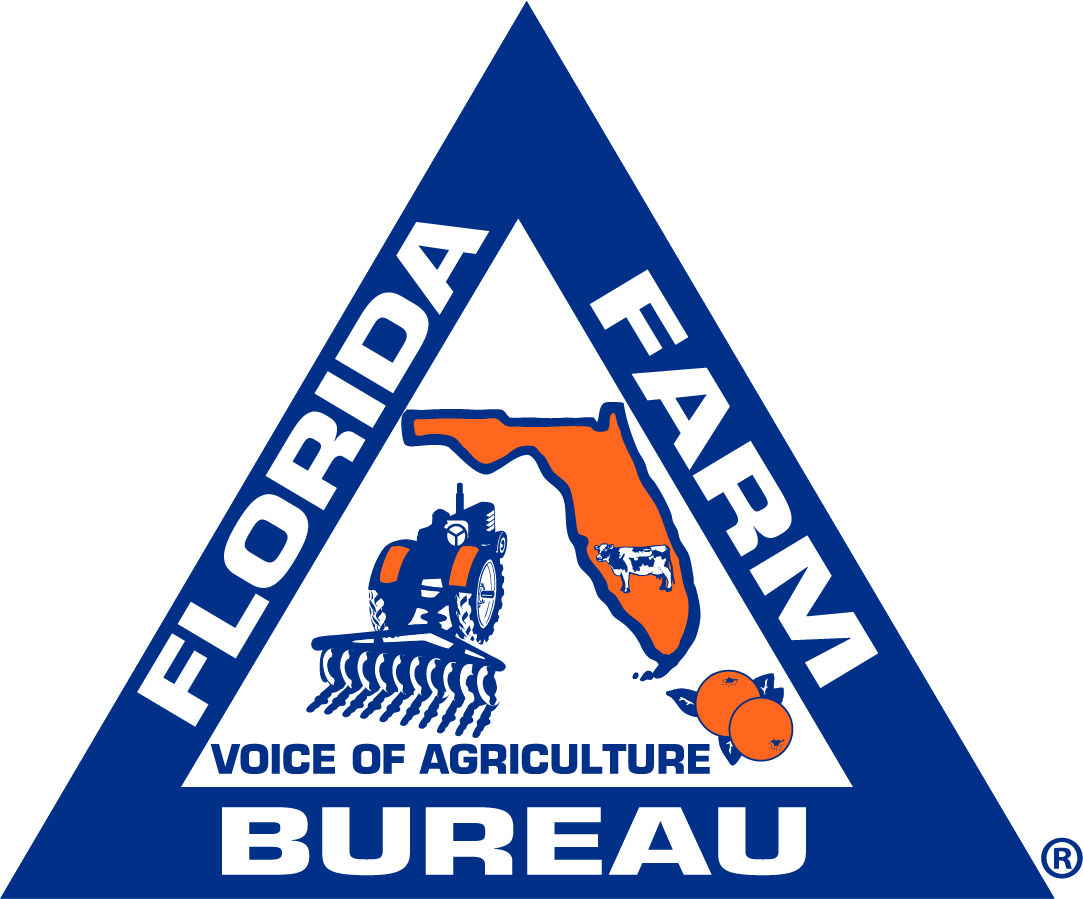Nov. 4, 2015
Global trade and transportation networks sometimes ferry unwanted hitchhikers to Florida’s communities. When these aliens arrive, the state’s quality of life is placed at risk.
The undesirables are not people. They are invasive plants, animals and microbes that can destroy food production, native plants and animals and even buildings. Some of these organisms transmit illnesses to human victims.
Trevor Smith, director of Florida Department of Agriculture and Consumer Services’ Division of Plant Industry (DPI), offered a stark assessment of the problem. “On average, a new invasive pest or disease is introduced into Florida every month, and that trend will only increase with the continued rise of global commerce and travel,” Smith said.
For example, giant African land snails, introduced into Miami-Dade County in 2011, attack more than 500 different crops, including vegetables, fruits, peanuts, potatoes, lettuce, avocados and ornamental plants.
But farmers are not the only Floridians who can suffer losses. The snails are vectors for salmonella and meningitis. Some unfortunate homeowners have been dismayed by the creatures’ voracious appetite for stucco coatings as well as plaster, leaving their houses vulnerable to additional damage.
Prolific breeding makes the snails difficult to eliminate. They are hermaphrodites, so two animals both produce eggs after mating. A single snail can deposit more than 1,000 eggs in a year.
DPI has the duty of attempting to track down and eradicate invasive species once they get into the state. The agency is leading an eradication program that has already eliminated 159,000 of the snails.
According to researchers at the University of Florida’s Institute of Food and Agricultural Sciences (UF/IFAS), a previous infestation of the creatures in Florida occurred in 1966. Eradication was successful, but it cost $1 million and required 10 years to complete.
Another non-native pest has become widely established and costs what federal officials estimate to be a $1 billion annual loss in property destruction, repairs and control measures. Formosan termites, initially discovered in the U.S. during the 1960s, likely entered through several maritime ports in packing materials shipped from either Taiwan or Japan soon after World War II ended.
Now established in Florida and at least 13 other states, the insects live in large colonies that, compared to native varieties, can inflict more structural damage in a shorter period of time. Nan-Yao Su, an entomologist at the UF/IFAS Ft. Lauderdale Research and Education Center, said native termite colonies might include populations of up to 100,000. Formosan termites live in colonies that contain as many as 10 million of the creatures and extend for 300 feet.
They can invade structures from both the ground or rooftop openings and are capable of attacking plaster, plastic, asphalt and sheets of soft metal, such as copper tubing. “The rule of thumb is, anything you can drive a nail through, these termites can go through, too,” Su noted.
An introduction of Asian psyllids has spread greening disease throughout most of the commercial citrus groves in the state. The plant malady, discovered a decade ago in Homestead, has cost Florida’s economy more than $4.5 billion and more than 8,200 jobs, according to UF/IFAS data. It has also slashed citrus production by more than 60 percent.
Growers, researchers and others are battling the disease daily as they wait for new control techniques to become available.
In August state officials announced that yet another pest – the Oriental fruit fly – had been detected in Miami-Dade County. Because the insect can attack fruits and vegetables, it also poses a danger to Florida’s food production as well as the pocketbooks of its people.
“Anything that affects agriculture does eventually affect the consumer,” said Amanda Hodges, an entomologist at the UF/IFAS main campus. “If consumers had to spend 50 to 60 percent of their income on food, maybe they would be a little more concerned about agricultural pests.”
Hodges pointed out that imports of tires and equipment have also brought in more varieties of mosquitos and with them, new diseases. An outbreak of dengue fever in 2010, for example, sickened more than 60 people in the Key West area.
Non-native pest and disease invasions take a toll on the entire nation. A 2005 Cornell University study estimated that they cost the U.S. more than $120 billion each year. The figure is likely much higher now.
The U.S. Department of Agriculture’s Animal and Plant Health Inspection Service (APHIS), under the Department of Homeland Security, and the U.S. Customs and Border Protection have primary responsibility for interdictions at ports of entry.
The agencies’ work in the Miami area attracts intense scrutiny because most of the plant material imported into the U.S. passes through these locations. Federal officials have acknowledged that barely two percent of it can now be inspected because of the volume of trade involved.
Abbey Powell of APHIS said, “The USDA, U.S. Customs and Border Protection and state departments of agriculture are fighting invasive species on three fronts: abroad, at the border and across the homeland.”
This collaboration, Powell added, is developing “effective controls, researching new tools and educating the public about how they can help stop the spread of invasive species.”
APHIS has launched a new website at www.HungryPests.com to promote awareness of the issue with curricula for schools, photo identification lists and guidance for travelers.
Officials at DPI and their federal partners also seek to educate travelers with a program known as Don’t Pack a Pest.
But virtually all knowledgeable observers agree that more attention and more money must be devoted to the problem. Public support for enhanced interdiction efforts will be critical for future success.
Smith pointed out that the scope of the threat requires a collaborative effort by all levels of government as well as additional resources. “State and federal agencies must increase cooperation, improve the sharing of information and increase our investment in early detection and rapid response programs,” he said.
(Photo courtesy of R. Anson Eaglin, USDA/APHIS)

